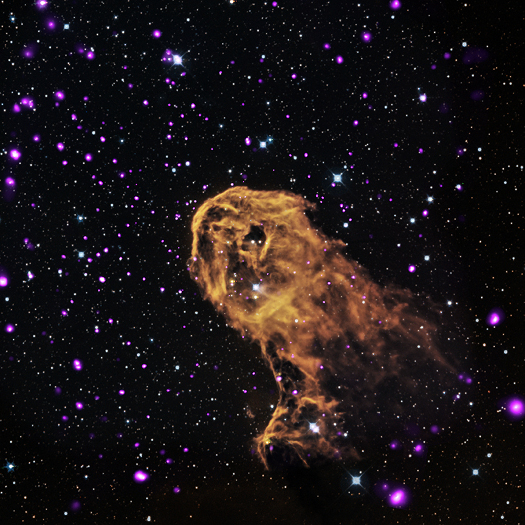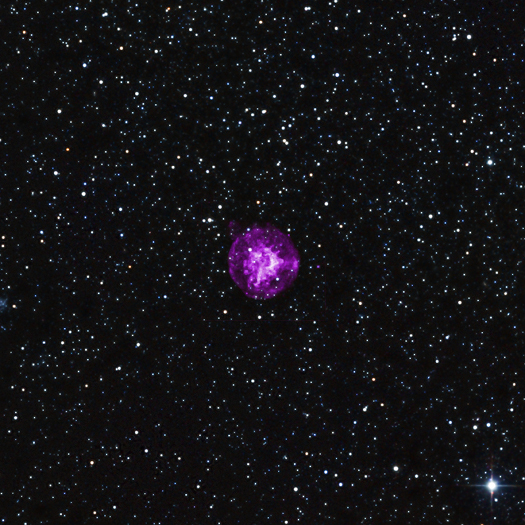Back To Mars with MAVEN
NASA is headed baack to Mars with MAVEN, the Mars Atmosphere and Volatile Evolution Mission. In a nutshell, MAVEN will place a satellite in elliptical orbit around the planet. That data will be used to determine the role that the loss of volatile compounds (carbon dioxide, nitrogen dioxide, water) has played through time. Essentially, a look at the history of the Mars atmosphere and climate, which should give insight into the possibilities of habitability. To put it even simpler, we know there was water on Mars, where did it go? If you are curious to know more about the mission, The Verge has a great write-up on it.
New pictures from NASA
NASA has released new images from the Chandra Data Archive. October is American Archive Month. As part of that, NASA is releasing a collection of images that have never been seen by the public to highlight the role the CDA plays in the astronomical community. You can read more about that in the official release, where you will also find more images. Here are two of my favorites. Click to enlarge.

X-ray, Optical & Infrared Images of IC 1396A
When radiation and winds from massive young stars impact clouds of cool gas, they can trigger new generations of stars to form. This is what may be happening in this object known as the Elephant Trunk Nebula (or its official name of IC 1396A). X-rays from Chandra (purple) have been combined with optical (red, green, and blue) and infrared (orange and cyan) to give a more complete picture of this source.
(Credit: X-ray: NASA/CXC/PSU/Getman et al, Optical: DSS, Infrared: NASA/JPL-Caltech)

X-ray & Infrared Images of SNR B0049-73.6
The details of how massive stars explode remains one of the biggest questions in astrophysics. Located in the neighboring galaxy of the Small Magellanic Cloud, this supernova, SNR B0049-73.6, provides astronomers with another excellent example of such an explosion to study. Chandra observations of the dynamics and composition of the debris from the explosion support the view that the explosion was produced by the collapse of the central core of a star. In this image, X-rays from Chandra (purple) are combined with infrared data from the 2MASS survey (red, green, and blue).
(Credit: X-ray: NASA/CXC/Drew Univ/S.Hendrick et al, Infrared: 2MASS/UMass/IPAC-Caltech/NASA/NSF)

